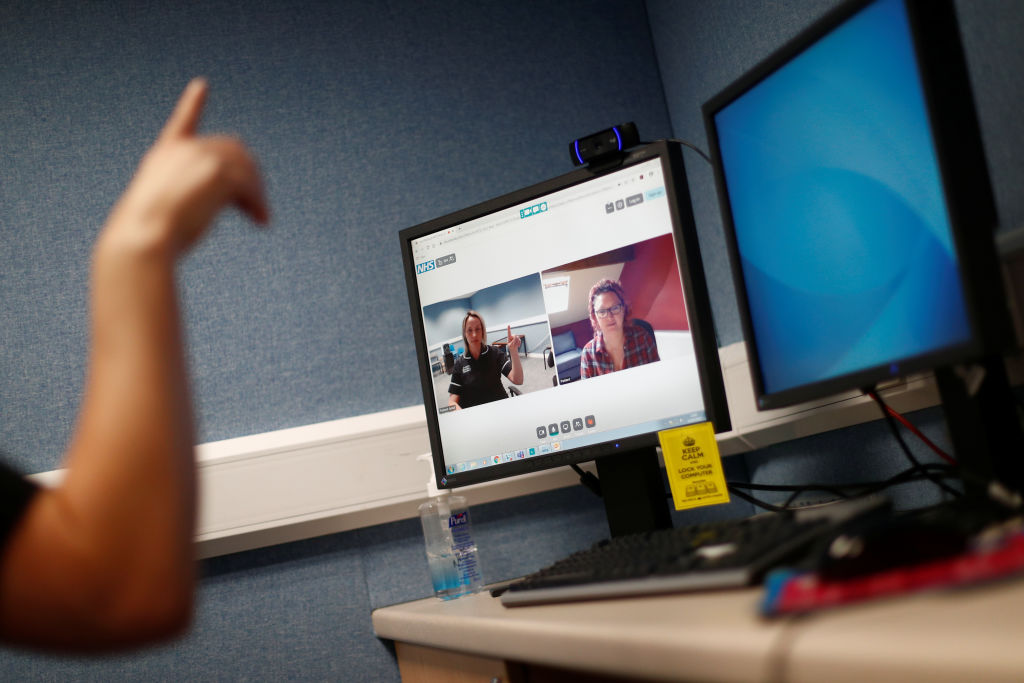
8 The link between this reward assessment and fatigue then comes here: activation of the dopaminergic pathways in brain structures associated with reward (eg, ventral striatum, anterior cingulate cortex, amygdala) increases subjective alertness, energy, and motivation 9,10-the opposite of fatigue. 7 Even minor decisions, such as pressing the “Delete” versus “Backspace” button to erase a typed word, are made on the basis of these unconscious estimates to maximize reward (eg, time) over cost (eg, effort). 6 Basically, at every level of behavior, a tradeoff is made between the likely rewards versus costs of engaging in a certain activity.

A core psychological component of fatigue is a rewards-costs tradeoff that happens in our minds unconsciously. What is the psychological explanation of Zoom fatigue? Wecan start the exploration by revisiting the process of mental fatigue. Exploring such multifactorial etiologies has delved us into a deeper understanding of the fragile intricacies that make up the precious in-person social interactions we had before COVID-19. Cognitive factors are also likely to contribute to fatigue, as an increased ability to virtually multitask threatens our attentional capacity. Other explanations attribute the fatigue to an underlying predisposition painted by the pandemic backdrop, such as increased financial stress and unemployment. It turns out that millisecond delays in virtual verbal responses negatively affect our interpersonal perceptions, even without any internet or technical issues.


For instance, audio has been proposed as the main reason that video meetings are draining. In an effort to understand this new fatigue that may tax the more than 300 million daily participants of Zoom 2,3, experts representing diverse disciplines including acoustics, business, and the social sciences have contributed their explanations. 1 Like other experiences associated with the coronavirus ( COVID-19) pandemic, Zoom fatigue is widely prevalent, intense, and completely new. Zoom fatigue” describes the tiredness, worry, or burnout associated with overusing virtual platforms of communication.


 0 kommentar(er)
0 kommentar(er)
